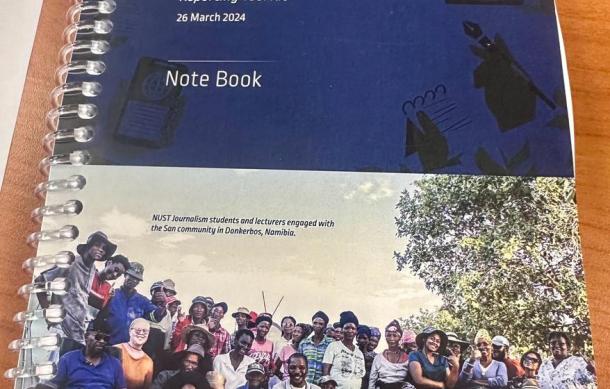
What could be mere cultural practices in some communities is taboo according to the laws of the country.
This is especially true for the traditional practices of certain marginalised communities.
A Marginalised Communities Reporting Toolkit through the Namibia University of Science and Technology (NUST) Journalism Department is being created to better understand these groups and how the media can tell their stories objectively.
The Ovahimba and San communities were used as focal points for the study.
Aspects such as child marriage, lifestyles, and beliefs are often misunderstood or perceived as stereotypical.
In the Himba culture, if twins of the same gender are born, one of them is raised in the role of the opposite gender until a mature age.
The Ovahimba explain that this is simply to keep the tradition alive and practice their ancestors' ways of living.
Under the UNESCO-funded Journalism Education and Inclusive Participation for Namibia's Marginalised Communities project, a Marginalised Communities Reporting Toolkit will be created.
It has been found that these communities feel that the media does not do justice to representing or reflecting their culture and way of life, nor do they have access to the media.
The toolkit will change the status quo.
Challenges such as education barriers for children, a lack of water, and half-equipped health facilities still persist in some of these communities.
Lecturers are capacitated, and journalism students are trained on how to effectively report on marginalised communities and how they prefer to be portrayed in the media.
As part of the project, inputs were discussed for the final draft reporting toolkit.





